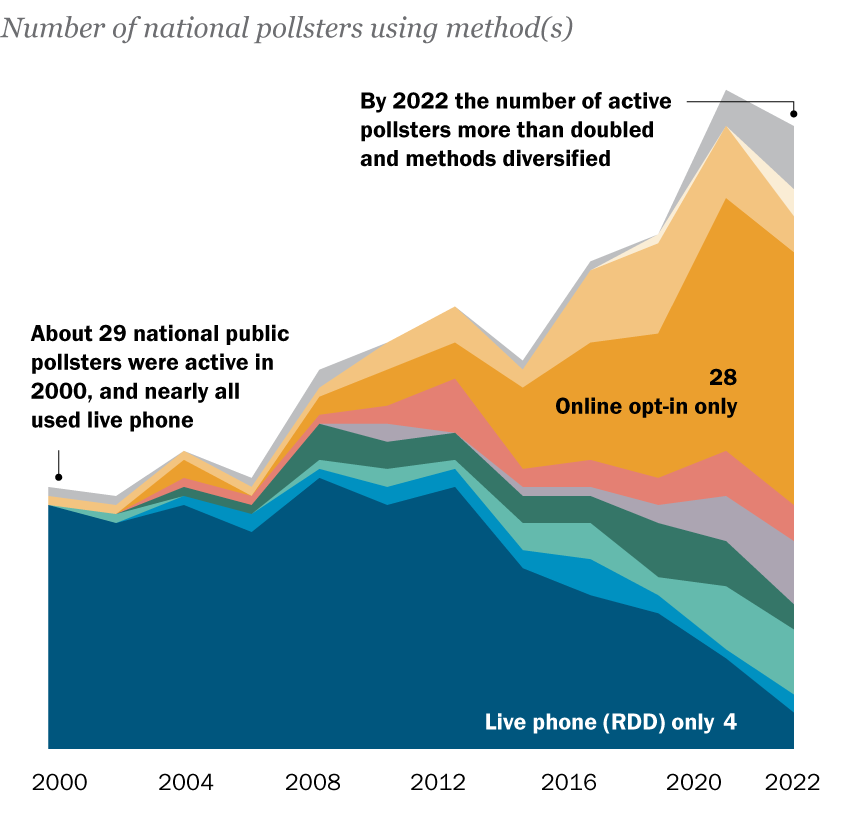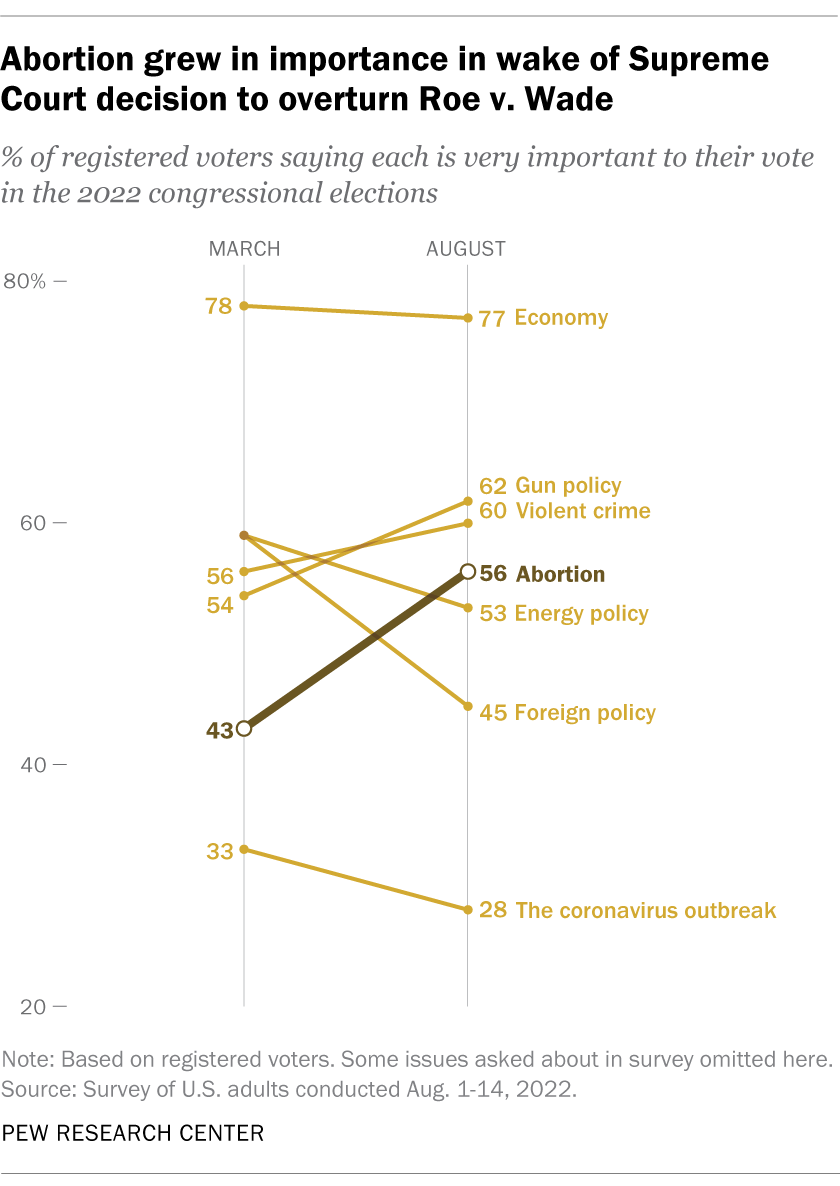Okay, let’s talk about tracking polls. I remember hearing this term thrown around quite a bit, especially during election seasons, and for a while, I wasn’t entirely sure what made them different from any other poll. Just another survey, right?

My First Encounters
I’d see news reports flash up numbers – candidate A is up, candidate B is down. And they’d mention “our latest tracking poll shows…”. Initially, I just lumped them in with all the other opinion polls. People get asked questions, numbers come out. Simple enough.
But then I started noticing something. During intense periods, like the final weeks before a vote, these “tracking poll” results seemed to come out almost daily, or at least every few days. That struck me as different. Most polls I knew about before were more like one-off snapshots.
Figuring it Out – The Repetition Thing
It took me a bit to connect the dots. The key wasn’t just that they were polling, but how they were doing it. I realized they were essentially asking the same core questions to a similar group of people (or at least, a group selected using the same method each time) over and over again in quick succession.
That was the lightbulb moment for me. It wasn’t about getting one perfect picture. It was about seeing how the picture was changing day by day or week by week. Were people shifting their opinions after a debate? Did a news event make numbers jump or fall? That’s what these polls were designed to catch.
Putting it into Practice (Sort Of)
I don’t run big political campaigns or anything, but I wanted to understand this better in my own little world. I remember trying something similar, though much simpler, with feedback on a community project I was involved in.

- We started asking a couple of the same simple questions in our weekly email update.
- Just basic stuff like: “How satisfied were you with this week’s activity?” (Scale of 1-5) and “Did you feel heard this week?” (Yes/No).
- We didn’t have fancy methodology, just asked whoever opened the email and chose to click.
- But we did it consistently every week.
What happened? Well, it wasn’t super scientific, obviously. But we did start seeing patterns. We noticed satisfaction dipped after one particularly chaotic week. We saw the “feeling heard” metric improve after we specifically dedicated a meeting session to open feedback.
What I Learned
That simple exercise really cemented the idea for me. A tracking poll isn’t magic; it’s just about discipline and consistency.
Consistency is everything: Asking the same question, in the same way, to a comparable audience, repeatedly. That’s the core idea.
It’s about the trend, not just the number: A single poll tells you where things are now. A tracking poll tells you where things are going – the direction, the momentum. Are things getting better, worse, or staying the same? That’s often more important than the exact number on any given day.
So, when I hear “tracking poll” now, I think of it like watching a slow-motion replay of public opinion or sentiment. It’s a tool to see the narrative unfold over time, not just read the last page.

